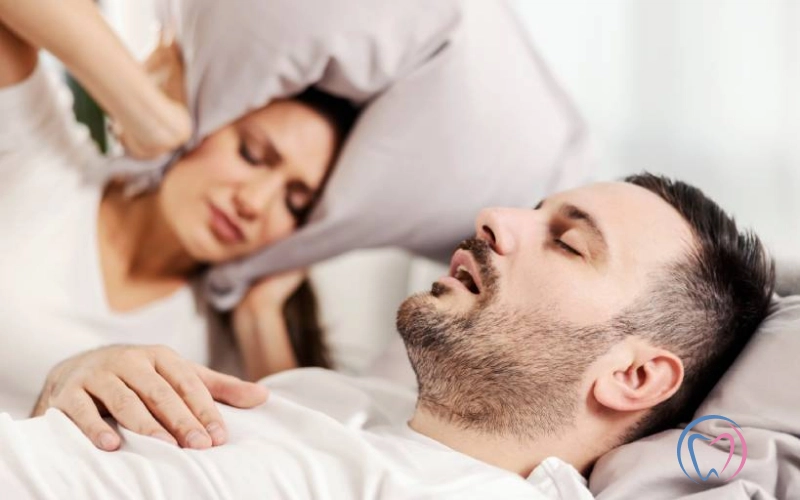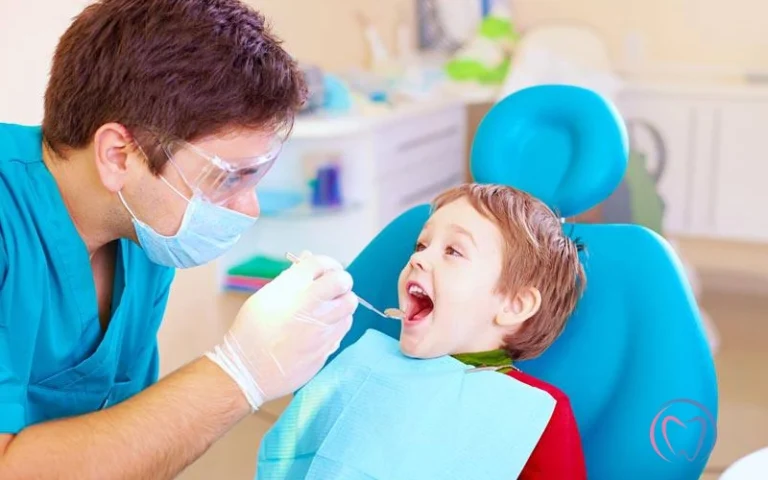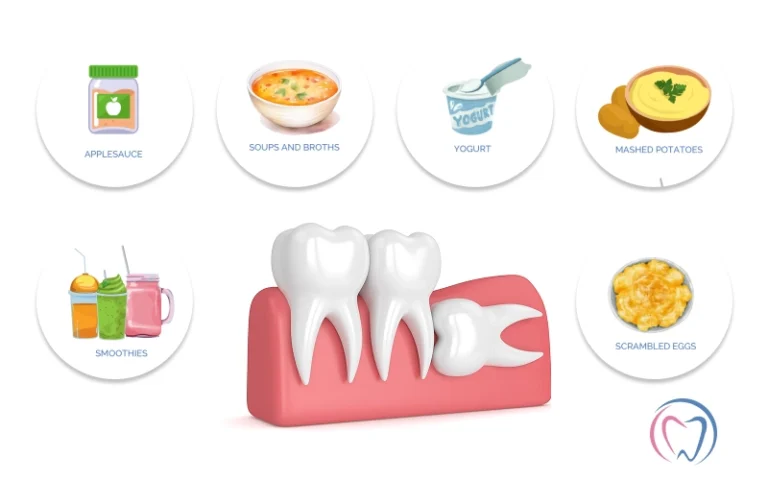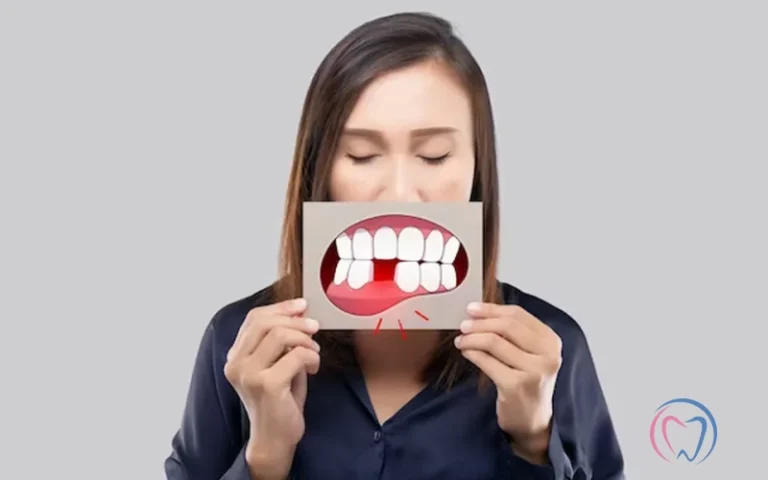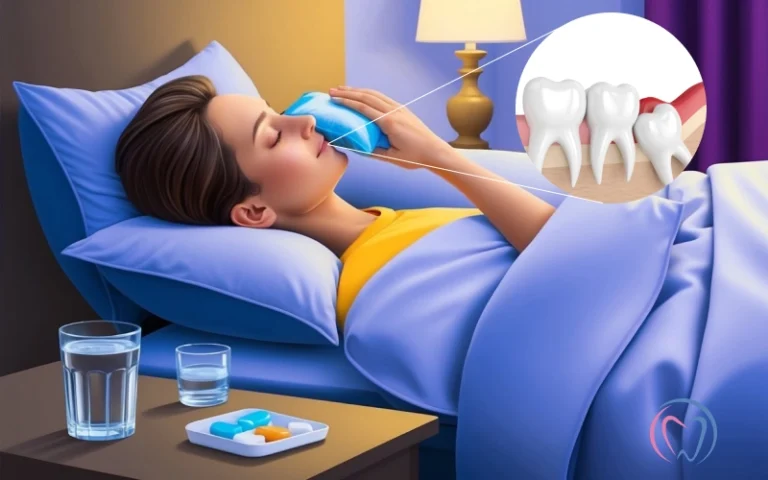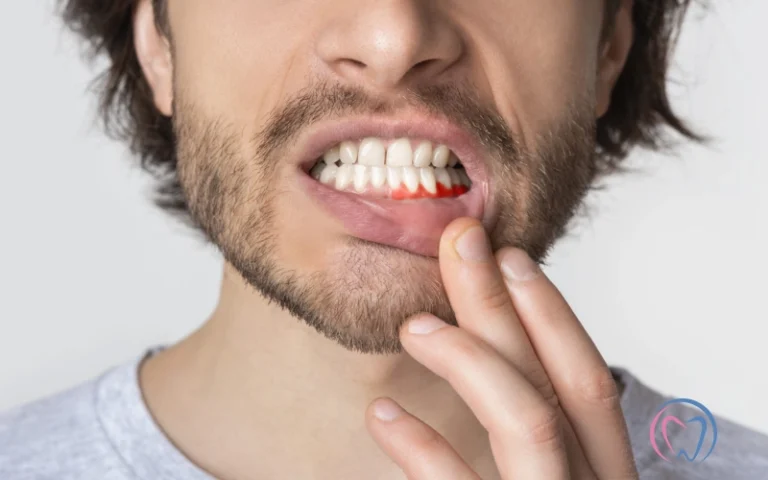Imagine yourself lying in bed and falling asleep, only to wake up to the rumbling of your own snoring. Sleep apnea is often a sign of a larger issue; many people find this scenario all too familiar. This condition not only disrupts sleep but also has the potential to cause serious health complications. While you sleep, you might wonder if the snoring that disturbs your and others’ sleep can be managed.
I have researched sleep apnoea is a deeper issue of interrupted breathing during sleep can result in serious health risks due to this disruptive snoring. With my expertise in this area, I have been able to explore various treatment options and their effectiveness, providing hope to those seeking relief from this common yet often misunderstood disorder.
What is sleep apnoea?
A sleep disorder called sleep apnoea is defined by frequent interruptions in breathing during sleep. These pauses can last from a few seconds to minutes and often occur multiple times throughout the night. The most common type of sleep is obstructive sleep apnoea, where the throat muscles relax excessively and block the airway.
There are other types of sleep apnoea, such as central sleep apnoea, which is caused by the brain not sending the right signals to the muscles that control breathing, and complex sleep apnoea syndrome, which is a combination of both.
The common signs are loud snoring, gasping for air while sleeping, excessive sleepiness during the day, and trouble concentrating. untreated sleep apnoea can result in serious health problems like cardiovascular problems, diabetes, and cognitive impairment.
Causes of sleep apnoea snoring
- Obesity – Excess weight can result in fat deposits around the neck, obstructing the airway during sleep.
- Anatomical factors – A thick neck, enlarged tonsils or adenoids, a recessed chin or a deviated septum are structural issues that can lead to airway blockage.
- Age – Sleep apnoea risk increases with age muscle tone decreases, resulting in increased airway collapsibility.
- Gender – Men are more susceptible to developing sleep apnoea than women, but there is an increased risk for women after menopause.
- Family history – Sleep apnoea can be associated with family history, as it can run in families.
- Alcohol and sedatives – The relaxation of throat muscles caused by alcohol and sedatives during sleep increases the chance of airway obstruction.
- Smoking – Smoking has the potential to worsen sleep apnoea symptoms by causing inflammation and fluid retention in the upper airway.
- Medical conditions – The development of sleep apnoea can be influenced by medical conditions like hypothyroidism, nasal congestion and certain hormonal disorders.
What are the symptoms of sleep apnoea?
- Loud snoring
- Gasping or choking
- Excessive daytime sleepiness
- Morning headaches
- Difficulty concentrating
- Mood changes
- Dry mouth or sore throat
- Frequent nighttime awakenings
How to treat sleep apnoea snoring?
- Lifestyle changes :
- Weight loss – Reducing excess weight can have a significant impact on symptoms, especially for someone with obstructive sleep apnoea.
- Avoid alcohol and sedatives – These should be avoided as they can relax throat muscles and worsen airway obstruction.
- Sleep positioning – Keeping your airway open can be achieved by sleeping on your side instead of your back.
- Continuous Positive Airway Pressure (CPAP) :
- This treatment is most commonly used to treat moderate to severe sleep apnoea. A CPAP machine delivers a continuous stream of air through a mask to keep the airway open while sleeping.
- Oral appliances:
- Dental devices can reposition the jaw and tongue to maintain an open airway. These are commonly utilised for mild to moderate sleep apnoea and may provide more comfort than CPAP.
- Surgery:
- Those who have not responded to other treatments may consider surgical options.
- Uvulopalatopharyngoplasty: removal of excess tissue from the throat.
- Genioglossus Advancement: reposting the tongue muscle attachment.
- Maxillomandibular Advancement: repositioning the upper and lower jaw.
- Implantable Devices: some patients may benefit from nerve stimulation devices that help keep the airway open.
- Those who have not responded to other treatments may consider surgical options.
- Positional therapy – Devices that encourage side sleeping can reduce the severity of sleep apnoea symptoms for certain people.
- Continuous monitoring – To monitor the condition and adjust treatment as needed, it’s important to have regular follow-ups with a healthcare provider.
Sleep apnoea snoring can be significantly reduced or managed, but the term cure is not simple. Many people find relief by combining lifestyle changes, medical treatments and ongoing management.
If you or someone you know is having trouble sleeping, it’s important to consult with a healthcare provider to find the most suitable course of action. The right approach can help many people get restful sleep and improve their overall quality of life.

